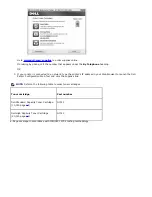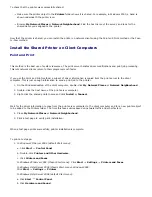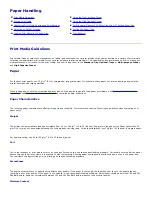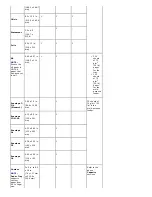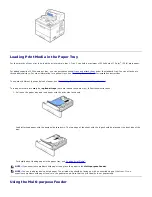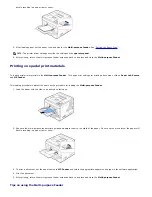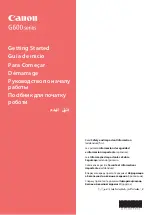
Paper Handling
Print Media Guidelines
Storing Print Media
Identifying Print Media Sources and Specifications
Selecting an Output Location
Loading Print Media in the Paper Tray
Using the Multi-purpose Feeder
Using the High Capacity Feeder
For Standard, Optional 500 Sheet Tray and HCF Setting Paper Size
Setting the Paper Type
Tray Behavior
Print Media Guidelines
Print media is paper, card stock, transparencies, labels, and envelopes. Your printer provides high quality printing on a variety of print media.
Selecting the appropriate print media for your printer helps avoid printing problems. This chapter provides information on how to make print
media selections, how to care for the print media, and how to load them in the
Standard Tray
,
Optional Trays
or
Multi-purpose Feeder
and
High Capacity Feeder
.
Paper
For the best print quality, use 75 g/m
2
(20 lb) xerographic, long grain paper. Try a sample of any paper you are considering using with the
printer before buying large quantities.
When loading paper, note the recommended print side on the paper package, and load paper accordingly. See
"Loading Print Media in the
Paper Tray"
and
"Using the Multi-purpose Feeder"
for detailed loading instructions.
Paper Characteristics
The following paper characteristics affect print quality and reliability. We recommend that you follow these guidelines when evaluating new
paper stock:
Weight
The printer can automatically feed paper weights from 60 to 120 g/m
2
(16 to 32 lb bond) long grain in the paper tray. Paper lighter than 60
g/m
2
(16 lb) may not be substantial enough to feed properly, causing jams. For best performance, use 75 g/m
2
(20 lb bond) long grain paper.
For duplex printing, use 60 to 120 g/m
2
(16 to 32 lb bond) paper.
Curl
Curl is the tendency of print media to curve at its edges. Excessive curl can cause paper feeding problems. Curl usually occurs after the paper
passes through the printer, where it is exposed to high temperatures. Storing paper unwrapped in humid conditions, even in the paper tray,
can contribute to paper curling prior to printing and can cause feeding problems.
Smoothness
The degree of smoothness of paper directly affects print quality.
If the paper is too rough,
the toner does not fuse to the paper properly,
resulting in poor print quality.
If the paper is too smooth,
it can cause paper feeding problems. Smoothness should be between 100 and 300
Sheffield points; however, smoothness between 150 and 250 Sheffield points produces the best print quality.
Moisture Content
Содержание 5330dn - Workgroup Laser Printer B/W
Страница 35: ...7 Press Cancel to return to Standby mode ...





